As American life continues to evolve, certain cherished experiences are gradually disappearing. From the nostalgic charm of drive-in theaters to the community spirit of local block parties, these aspects of life remind us of a different era. This blog post explores 13 things that Americans might not be able to enjoy for much longer, shedding light on both the cultural and technological shifts driving these changes. Let’s delve into these fading treasures and understand what makes them so special.
1. Drive-In Movie Theaters

Drive-in movie theaters, once abundant with over 4,000 locations in the 1950s, now face extinction. The charm of these open-air cinemas lies in their nostalgic appeal, offering an escape into a bygone era. Despite their allure, fewer than 300 remain today, succumbing to the rise of streaming services and multiplex cinemas.
Besides technological advancements, the maintenance of drive-ins poses financial challenges. In many areas, the land they occupy has become more valuable for commercial development. Yet, for those who remember their golden days, drive-ins offer a unique blend of community and entertainment. They beckon us with memories of simpler times, where families gathered for a shared cinematic experience.
Fun fact: The first drive-in theater opened in 1933 in Camden, New Jersey, ushering in a new era of movie watching.
2. Chrome-Style Diners with Jukeboxes
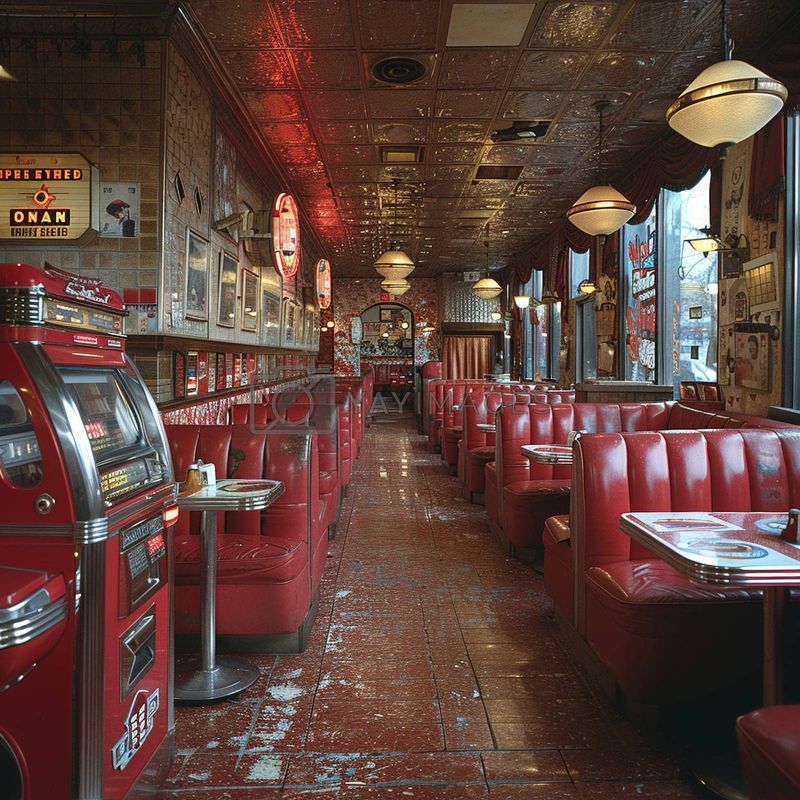
Chrome-style diners, with their iconic design and all-American menus, are disappearing fast. These diners evoke a sense of nostalgia, drawing patrons with their retro aesthetics and comforting food.
The decline is largely due to real estate pressures and a shift towards modern, fast-casual dining experiences. Yet, the memory of spinning a tabletop jukebox and savoring a milkshake remains vivid for many. These diners were not just places to eat; they were cultural landmarks where communities gathered.
Today, only a handful continue to operate, treasured by those who yearn for a slice of American history. Did you know? The first diner was established in 1872 in Rhode Island, revolutionizing the concept of quick meals on the go.
3. Classic Soda Fountains in Drugstores

Once the heartbeat of American social life, soda fountains in drugstores were more than just places to enjoy a sweet treat. They symbolized community, a hub where people gathered to share stories over a float or a sundae. Today, these bubbly bastions of Americana are nearly extinct.
As pharmacies evolved, many soda fountains were removed to accommodate modern retail needs. The nostalgia for soda jerks mixing drinks and creating memories remains strong among those who experienced it. These counters offered not just refreshments but a taste of a slower, more connected time.
While a few soda fountains still exist, they are rare gems cherished by nostalgic patrons. A quirky tidbit: The term “soda jerk” comes from the jerking motion used to operate the soda fountain handle.
4. Handwritten Letters & Thank-You Notes
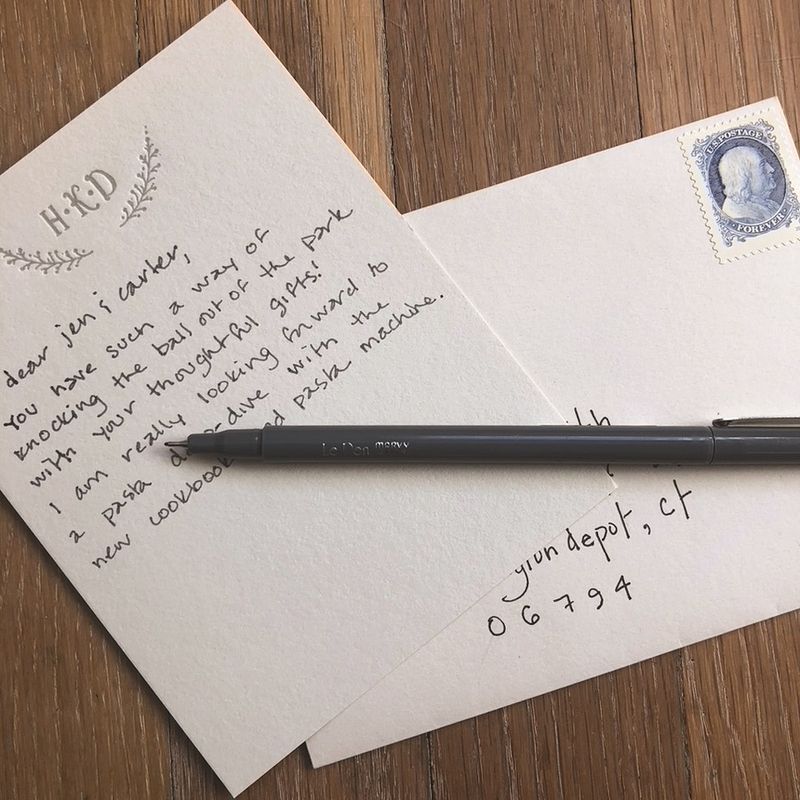
In a world dominated by instant communication, the art of handwritten letters is fading into obscurity. These tangible pieces of emotion once conveyed personal thoughts and heartfelt gratitude, leaving a lasting impression.
The decline is evident as quick texts and emails replace the slow, deliberate process of writing by hand. The personal touch and sentimental value of receiving a handwritten note cannot be underestimated. They are keepsakes that connect us to moments and memories, unlike any digital message.
Though rare, a handwritten letter still holds power, symbolizing effort and genuine intent. Fun fact: The first known handwritten letter was penned by Persian Queen Atossa around 500 BC, marking the beginning of personal correspondence.
5. Sunday/Familial Family Dinners

Sunday family dinners, once a staple of American life, are becoming a rarity. These gatherings were about more than just food; they represented family unity, tradition, and shared stories. The decline of this custom reflects a shift in modern lifestyles.
Busy schedules, screen distractions, and a growing fast-food culture have contributed to the fading of these cherished meals. The loss of this tradition signifies a weakening of familial bonds and a move away from communal dining experiences.
However, for families who continue the tradition, Sunday dinners remain a sacred time to reconnect and strengthen relationships. Did you know? The tradition of Sunday dinners can be traced back to the ancient Roman “convivium,” a social gathering centered around feasting and discussion.
6. Paper Phone Books & Printed Directories
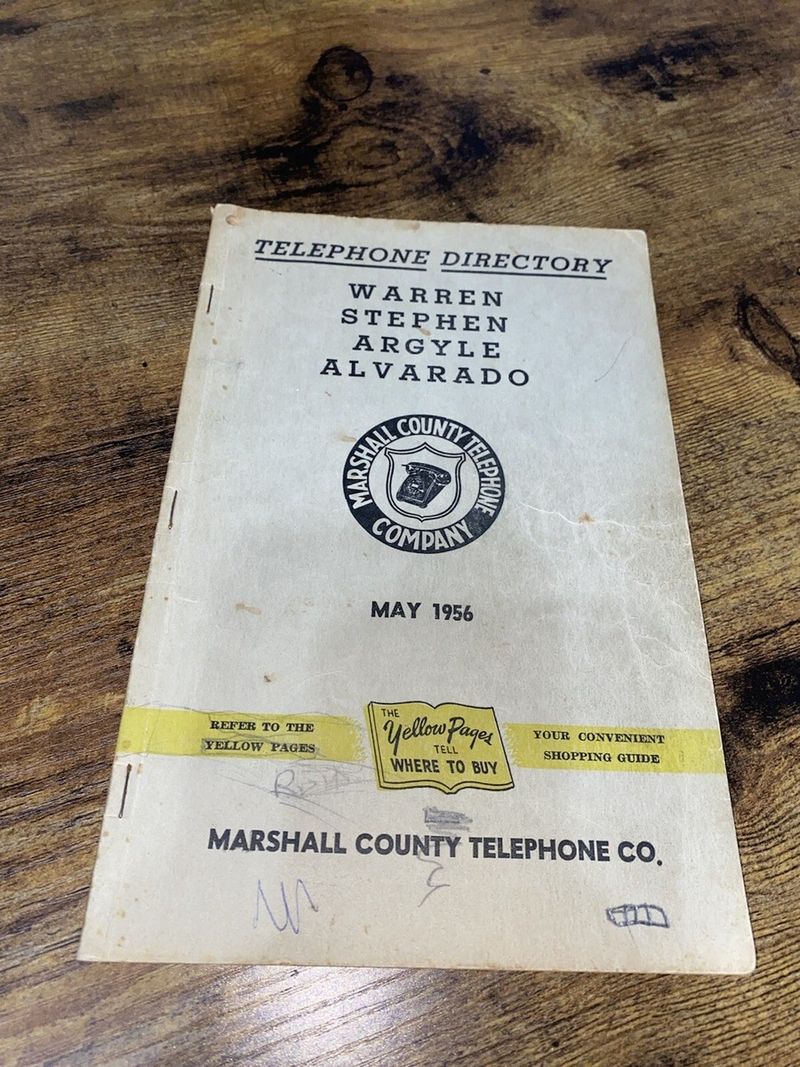
Remember the days when finding a phone number meant flipping through pages of a hefty directory? Paper phone books were once ubiquitous, delivered to every doorstep. Today, these printed directories are rapidly disappearing.
The digital age has rendered them nearly obsolete, as online searches and smartphone apps offer immediate results. The practicality and convenience of digital alternatives have overshadowed the physical directories, leading to their decline.
Despite this, the nostalgia for paper phone books persists. They serve as a tangible connection to a time before technology reigned supreme. Interestingly, the first phone book was issued in 1878 in New Haven, Connecticut, listing just 50 entries.
7. Public Pay Phones
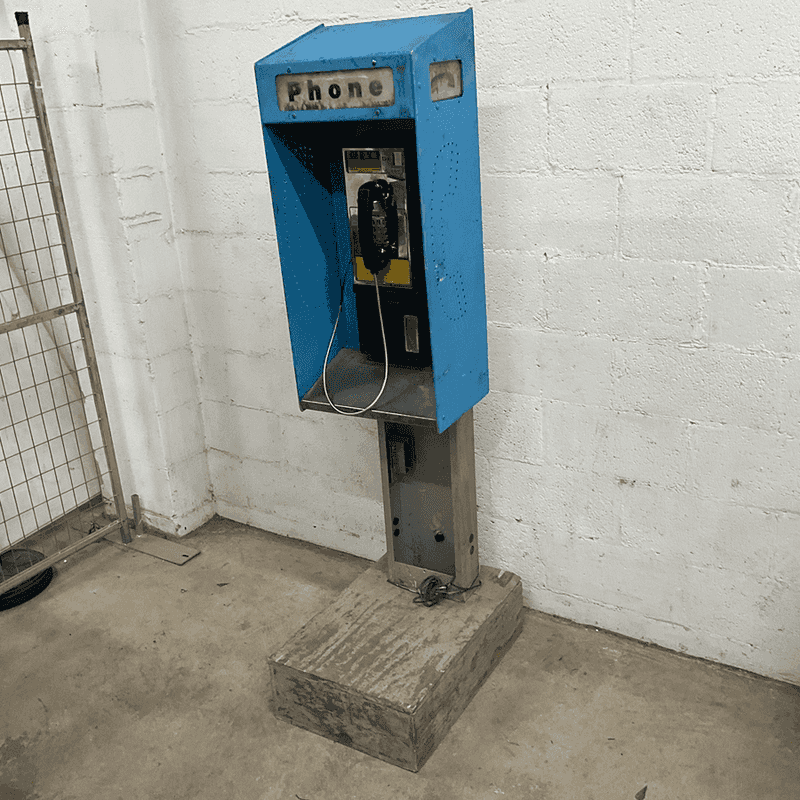
Once a common sight on every street corner, public pay phones are vanishing relics of a pre-mobile era. These booths provided a lifeline for communication, especially in emergencies or for those without personal phones.
The rapid adoption of mobile devices has made pay phones largely unnecessary. As technology advanced, the demand for public phones dwindled, leading to their removal.
Despite their obsolescence, pay phones evoke a sense of nostalgia, symbolizing a time when communication required more effort and intention. A fun fact: The first pay phone was installed in 1889 in Hartford, Connecticut, marking a significant advancement in public communication.
8. Milkmen & Home Milk Delivery
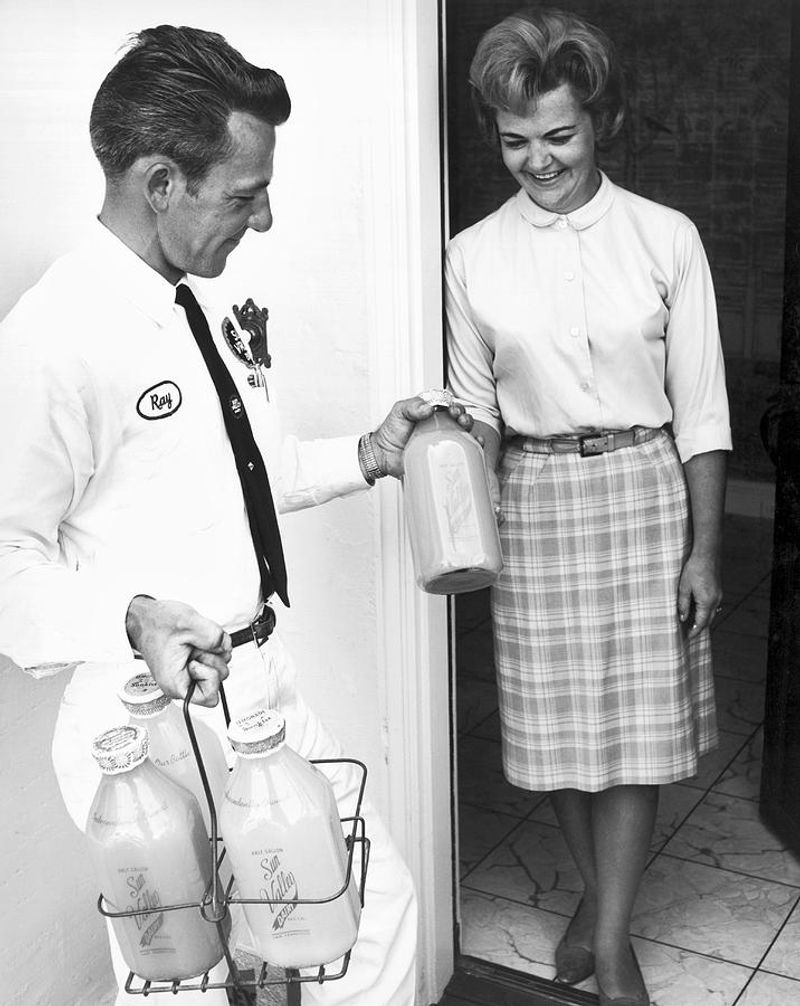
There was a time when fresh milk appeared on doorsteps with the clink of glass bottles, thanks to the neighborhood milkman. This quaint tradition of home milk delivery is now nearly extinct, surviving only in isolated areas or nostalgic revivals.
As supermarkets and convenience stores took over, the need for daily milk deliveries dwindled. The milkman’s friendly face and reliable service were replaced by modern retail conveniences.
For those who remember, the milkman is a symbol of personalized service and community connection. Did you know? The first home milk deliveries began in the mid-1800s, providing an essential service before refrigeration became widespread.
9. Local Block Parties & Small-Town Parades
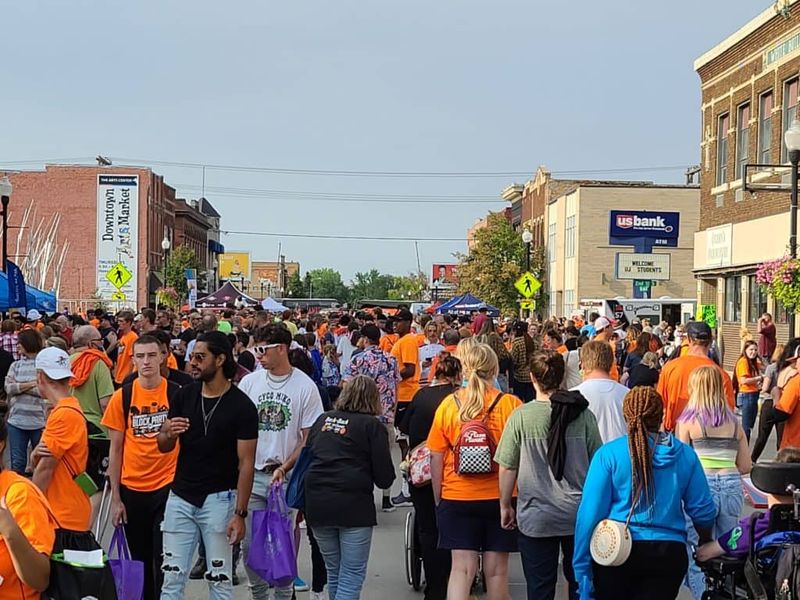
Local block parties and small-town parades were once the heartbeat of American community life. These events fostered connections, celebrated local culture, and created lasting memories for participants.
The decline in these communal gatherings is due to growing suburban isolation and the rise of digital entertainment. With fewer towns hosting them, the sense of community they nurtured is fading.
For those who remember these celebrations, they were more than just events; they were a testament to the spirit of togetherness. Interestingly, the tradition of parades dates back to ancient times, where they were used for celebrations and processions.
10. Traditional Family-Owned Mom-and-Pop Shops

Family-owned mom-and-pop shops were once a pillar of American commerce, thriving on personalized service and community ties. Today, these small businesses are under threat, pressured by big chains and online shopping.
The loss of these stores signifies more than just a shift in shopping habits; it marks the decline of unique, personalized retail experiences. Many families, once dependent on these businesses, struggle to compete with corporate giants.
Yet, for those who cherish them, mom-and-pop shops represent integrity and individuality in a homogenized retail landscape. Did you know? The term “mom-and-pop shop” originated in the early 1900s, reflecting the familial nature of these businesses.
11. Neon Signs & Retro Roadside Iconography

Neon signs once lit up the American landscape, iconic beacons guiding travelers along highways and through small towns. These vibrant symbols of mid-century Americana are fading as LED technology and corporate branding take over.
The decline of neon is driven by cost and maintenance challenges, as well as changing aesthetic preferences. Despite this, neon signs hold a special place in the hearts of many, conjuring images of road trips and roadside diners.
For those who remember, neon is a colorful reminder of a time when travel was an adventure. Fun fact: The first neon sign was displayed in Paris in 1910, revolutionizing outdoor advertising.
12. Front Porch Rocking & Evening Porch Sitting

The tradition of relaxing on a front porch, watching the world go by, is slipping away. Once a nightly ritual in many communities, porch sitting symbolized a slower pace of life and neighborhood camaraderie.
Modern architectural designs and busy lifestyles have led to the decline of front porch culture. Many new homes lack this feature, and the allure of indoor entertainment keeps people inside.
Yet, for those who cherish it, porch sitting offers a moment of peace and reflection. Did you know? The rocking chair, a staple of porch culture, was invented by Benjamin Franklin, adding a gentle rhythm to evening relaxation.
13. Classic Small-Town County Fairs & Fish Fries

County fairs and fish fries were once joyous events celebrating local culture and community spirit. These gatherings showcased agriculture, crafts, and provided a space for neighbors to connect.
The decline in these events results from urbanization and changing entertainment preferences. Many small towns struggle to keep the tradition alive amidst financial and logistical challenges.
For those who attend, county fairs are a nostalgic glimpse into a simpler way of life. They remind us of the importance of community and celebration. Fun fact: The first American county fair was held in 1811 in Pittsfield, Massachusetts, starting a beloved tradition that continues today.



